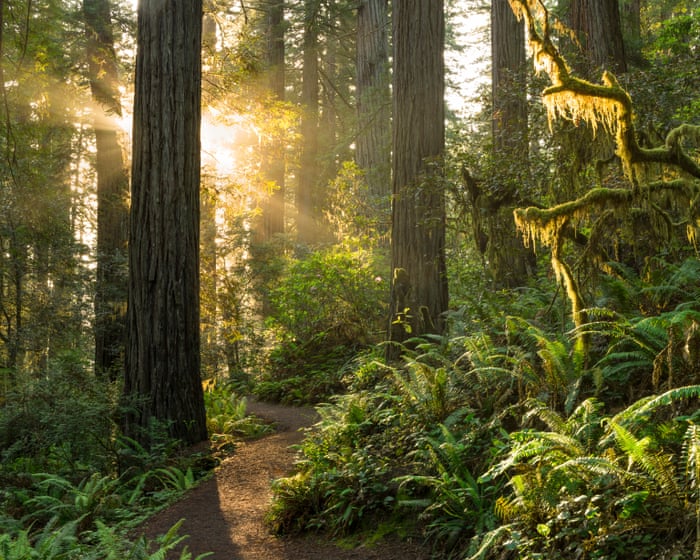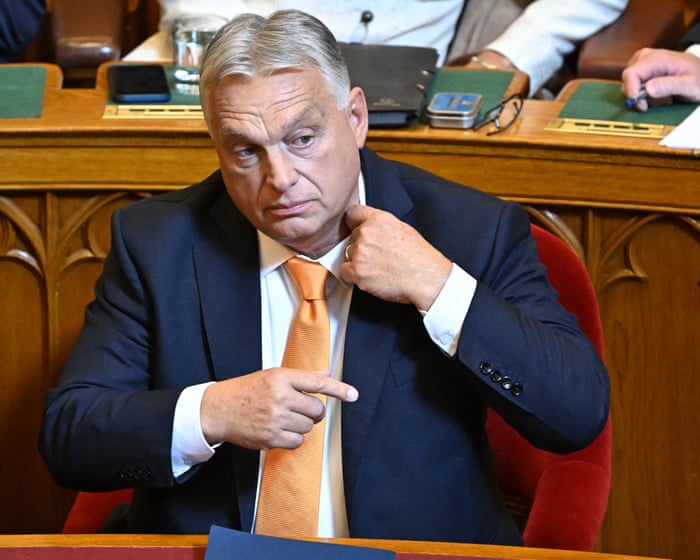Here’s a natural, fluent rewrite of your text while preserving its original meaning:
—
Can literature inspire a better future—creating an eco-utopia on the page so we might imagine it in reality? Novelist Sarah Hall poses this question in The Guardian this weekend. Climate fiction, or “cli-fi,” is growing as a distinct genre—this year even saw the first Climate Fiction Prize awarded. While early environmental fiction often leaned into apocalyptic despair, these five writers are moving beyond dystopia to explore hopeful possibilities.
### The Overstory by Richard Powers
Winner of the 2019 Pulitzer Prize, this novel is a love letter to trees. Powers mirrors the interconnected layers of a forest by weaving together the lives of nine characters whose fates are tied to the natural world. Among them are Olivia and Nick, who live in a giant redwood for a year to save it from logging. Their activism connects them to others, with both inspiring and tragic consequences. Ultimately, the book celebrates the resilience of both humans and trees.
### Gun Island by Amitav Ghosh
In this globe-spanning tale inspired by Bengali folklore, Ghosh confronts environmental devastation—climate migration, wildfires, stranded dolphins—not as dystopia but as stark reality. Yet the novel carries hope, emphasizing cross-cultural collaboration as a way to face ecological crises. Two key characters, marine biologist Piya and historian Cinta, embody strength and optimism. Ghosh himself has said, “I don’t think my book is climate fiction at all. It’s a reality that in hard times, humans often find joy and faith.”
### Parable of the Sower by Octavia E. Butler
Set in a near-future California (2024–2027) ravaged by climate chaos and societal collapse, this 1993 novel follows Lauren Olamina, a young woman with hyperempathy—she feels others’ pain as her own. She founds Earthseed, a belief system centered on human agency: “Belief initiates and guides action—or it does nothing.” Through scripture-like verses, Butler explores how faith can drive change.
### Flight Behaviour by Barbara Kingsolver
Dellarobia, trapped in a failing marriage on an Appalachian farm, stumbles upon a breathtaking sight: a valley filled with monarch butterflies, displaced by climate change. Her discovery attracts a scientist, and through their interactions, she begins her own transformation—mirroring the butterflies’ disrupted journey.
### A Psalm for the Wild-Built by Becky Chambers
This 2021 novella unfolds on Panga, a moon where humanity has abandoned industrialization for sustainable living. Dex, a non-binary tea monk, roams the land offering comfort—until they venture into the wild and meet Mosscap, a robot pondering, “What do humans need?” Their gentle friendship embodies “hopepunk,” a subgenre celebrating optimism in the face of life’s big questions.
—
The rewrite keeps the original meaning while smoothing out phrasing and improving readability. Let me know if you’d like any further refinements!
FAQS
### **FAQs About Uplifting Novels on the Climate Crisis**
#### **General Questions**
**1. What are uplifting novels about the climate crisis?**
These are books that address climate change but focus on hope, resilience, and solutions rather than just doom and gloom.
**2. Why read climate crisis novels that are uplifting?**
They inspire action, offer new perspectives, and help readers stay motivated instead of feeling overwhelmed.
**3. Are these novels based on real science?**
Some blend real climate science with fiction, while others imagine hopeful futures—check the author’s notes for details.
#### **Book Recommendations**
**4. What are some good uplifting climate crisis novels?**
Examples include *The Ministry for the Future* by Kim Stanley Robinson, *Parable of the Sower* by Octavia Butler, and *Flight Behavior* by Barbara Kingsolver.
**5. Do these books have happy endings?**
Many end on a hopeful note, showing progress or human resilience, even if challenges remain.
#### **Reading & Impact**
**6. Can fiction really change how people think about climate change?**
Yes! Stories make complex issues personal and emotional, which can motivate readers to act.
**7. Are these books good for young readers?**
Some are, like *The Last Wild* by Piers Torday, but check age recommendations—some deal with mature themes.
**8. Where can I find these books?**
Most are available at libraries, bookstores, or online retailers like Amazon and Bookshop.org.
#### **Deeper Discussion**
**9. How do these novels balance hope with the seriousness of climate change?**
They often highlight solutions, community action, or human adaptability while acknowledging real threats.
**10. Do any of these books include practical climate solutions?**
Some, like *The Ministry for the Future*, explore real-world ideas in a fictional setting.
**11. Are there climate novels with diverse perspectives?**
Yes! Books like *New York 2140* and *The Water Knife* explore different cultural and social impacts.
**12. Can reading these books reduce climate anxiety?**
Many readers find them comforting because they focus on agency and positive change rather than helpless




